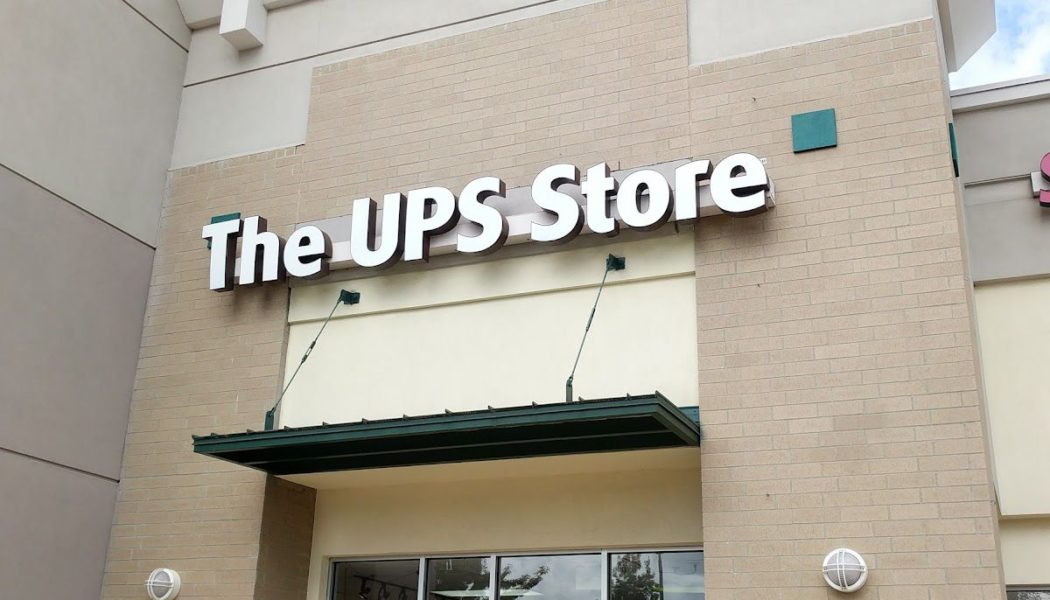It can be difficult to figure out what to do when you’re asked to provide a hard copy of a document but don’t have access to a printer at home. While it used to be a safe bet that everyone had a printer at home, that’s no longer the case — but if you don’t have one, odds are that at some point, you’ll come across someone who hasn’t gotten the memo and insists on a hard copy.
If you’ve found yourself in this situation, you’ve got options. To help, I’ve researched the various methods you can use to get a document from your computer to whoever needs it and have come up with a few tips and considerations for printing without your own printer.
Before I get to that, though, you’ll have to…
Prepare to print
Presumably, the file you want to print is on a computer, and you need some way to get it from there to another computer connected to a printer. Depending on what method you use, you may be able to upload your file to the internet and have it printed at a specific location (some services can even connect straight to cloud services like Google Drive, OneDrive, or Dropbox). If the printer — or the organization that owns the printer — doesn’t support uploads from the internet, you may have to put your file on a flash drive, probably one with a USB-A connector. If you’re unsure whether the place you’re going to accepts online files, check ahead.
As for what kind of files you can print, different services support different file types. In my inquiries, Microsoft Word’s .docx and Adobe’s PDF formats were universally accepted, so that’s probably the way to go if you’re trying to print out text. If your Word document includes a lot of custom formatting, fonts, and / or images, you may want to export it as a PDF first to make sure it prints exactly how you want it.
After you’ve got that squared away, here are some of your options:
Print at the library or school
If you’re a student or have access to a public library, you can likely print documents there for free or at a low cost per page. There will probably be instructions for how to print something out on your institution’s website, or you can always ask a librarian for help. I was able to upload my document to the internet and then print it for free at any of my local library’s branches.
It’s worth noting that you probably won’t want to print out documents with sensitive content or personal info at these sorts of places — for one, you’ll likely be printing them from an unfamiliar web portal using an unfamiliar computer. It’s possible your school will let you print straight from your own laptop, but in any case, you’ll be printing on a network you don’t control, which means there’s some level of risk.
If the printer isn’t located close to the computer, there’s also always the possibility that someone else could have access to your document after it comes out of the printer, depending on how the library is set up. If you need to print medical documents or the like, you may want to look into other methods.
Ask a friend or family member
If you’re only going to be printing a page or two and have family members or friends who own a printer, it’s always worth asking them if you can use it. This can help avoid the privacy concerns that can come with printing using public hardware. While it may not be the best method if you want to print off an entire novel (unless you’re willing to repay their generosity by bringing your own paper and possibly an ink cartridge, depending on how many pages you’re doing), it could work for the occasional times when you need a hard copy.
:no_upscale()/cdn.vox-cdn.com/uploads/chorus_asset/file/22976488/2017_06_10.jpg)
Go to a business center like UPS or FedEx
Shipping centers often provide printing services, too, whether for large jobs, like making a poster or banner, or for more mundane tasks, like printing out permission slips or routine forms. Some stores are branded specifically as print or business centers, but even ones that aren’t will likely be able to print out a few pages for you. There’ll be a cost associated with it, based on how many pages you print out — I paid $0.12 for a single-sided, black-and-white page at a local UPS store.
Again — and somewhat surprisingly, given that these stores are business-oriented — this option may not be the best for sensitive documents. At the aforementioned UPS location, the printing process involved emailing an attachment to the store, which the employee would then open and print before handing me the resulting paper. It may be different at other stores and locations, but you’ll probably want to check before you make the journey.
Ask if you can print at work
If you work in an office that has printers, and there aren’t strict rules around how they’re used, it may be worth asking your boss or IT department if you can use them to print a personal document or two. The worst that can happen is that they say no, and you may be surprised with a yes. I wouldn’t, however, recommend taking the “ask forgiveness rather than permission” approach, as many workplace printers are monitored for appropriate use (and the IT department can track whose computer each print job came from). In addition, you don’t want to get scolded (or worse) over a print job when there are other options.
Privacy is also a factor here — along with potential IT monitoring, the printer will likely be in a public area, and it’s possible that someone could end up picking up your documents by accident if they’re also using it.
Pick up a print at an office supply store
Stores like Staples and Office Depot (or an independent, local print shop) often give you the option to order printed documents online, then pick them up in person. While their websites’ printing service pages may be covered with splashy brochures and posters, you can also just order regular printed documents as well. Both the stores I checked let me upload my document online and then pick it up the same day. They even offered to ship the documents to my house for an extra fee, though that wouldn’t necessarily be an economical option for printing a single document or two.
One of the benefits of using an office supply store is the range of options you get — you can print in color, for example, and choose what size and weight of paper you want to use (so you can, say, impress a prospective employer with a finely-printed hard-copy resumé). Depending on what tier of printing you are getting (some stores have “basic” and “professional” printing services), you can also pay to have your document stapled, hole-punched, laminated, and more.
:no_upscale()/cdn.vox-cdn.com/uploads/chorus_asset/file/22960551/Screen_Shot_2021_10_27_at_12.28.55.png)
That flexibility may extend to how you get your prints made as well. The Staples location I went to also offered self-service printing, where you could walk in and do the printing yourself.
The downside is cost — printing a single simple page at Staples was $0.19, and printing a color, stapled, 10-page document on premium “cotton resume white” paper would cost $7.42. A similar print job at Office Depot would be $7.03. Switching to black and white substantially lowered the price, down to $3.27 and $2.93, respectively, so it’s definitely worth choosing that option if color isn’t important for your document.
While there are discounts available if you’re printing a ton of copies, it could be worth looking around to see if you could find less expensive options.
:no_upscale()/cdn.vox-cdn.com/uploads/chorus_asset/file/22965177/6454282ld.jpg)
Buy an inexpensive printer
The solutions above can be great if you only have to print occasionally or if the locations are part of your everyday routine. But if you find that you have to go out of your way to print things more often than you’d like, and your space and budget allow for it, you may want to get an inexpensive printer. That could cost anywhere from $60 (or less if you can find a sale) for a basic wireless inkjet all-in-one (meaning it can also scan and copy) to over $100 for a black-and-white laser printer.
Inkjet printers will be cheaper and will be able to print in color, but the ink can be shockingly expensive. Refilling my $60 example printer’s ink will cost you $30, and HP estimates that you’ll only get around 100 pages of printing from those cartridges. Replacing a laser printer’s toner is less expensive per page (my example’s refill costs $50, but HP estimates you’ll get 1,000 pages out of it), and laser printers could be a better option for infrequent printers, as their toner won’t dry out as quickly as regular ink.
If you’re looking for a guide on buying a printer, we have one that you can check out here.
Don’t print at all
Do you need a hard copy at all? It’s a good idea to ask. Some people or organizations may be willing to accept an electronically signed document, or you may have the option to use a digital pass instead of a printed one.
There will definitely be times when you’ll absolutely need a hard copy, but in a lot of situations, it may be worth checking to see if a digital version will work. If you need pointers on digitally signing a document on either a Mac or PC, you can check our how-tos below.









